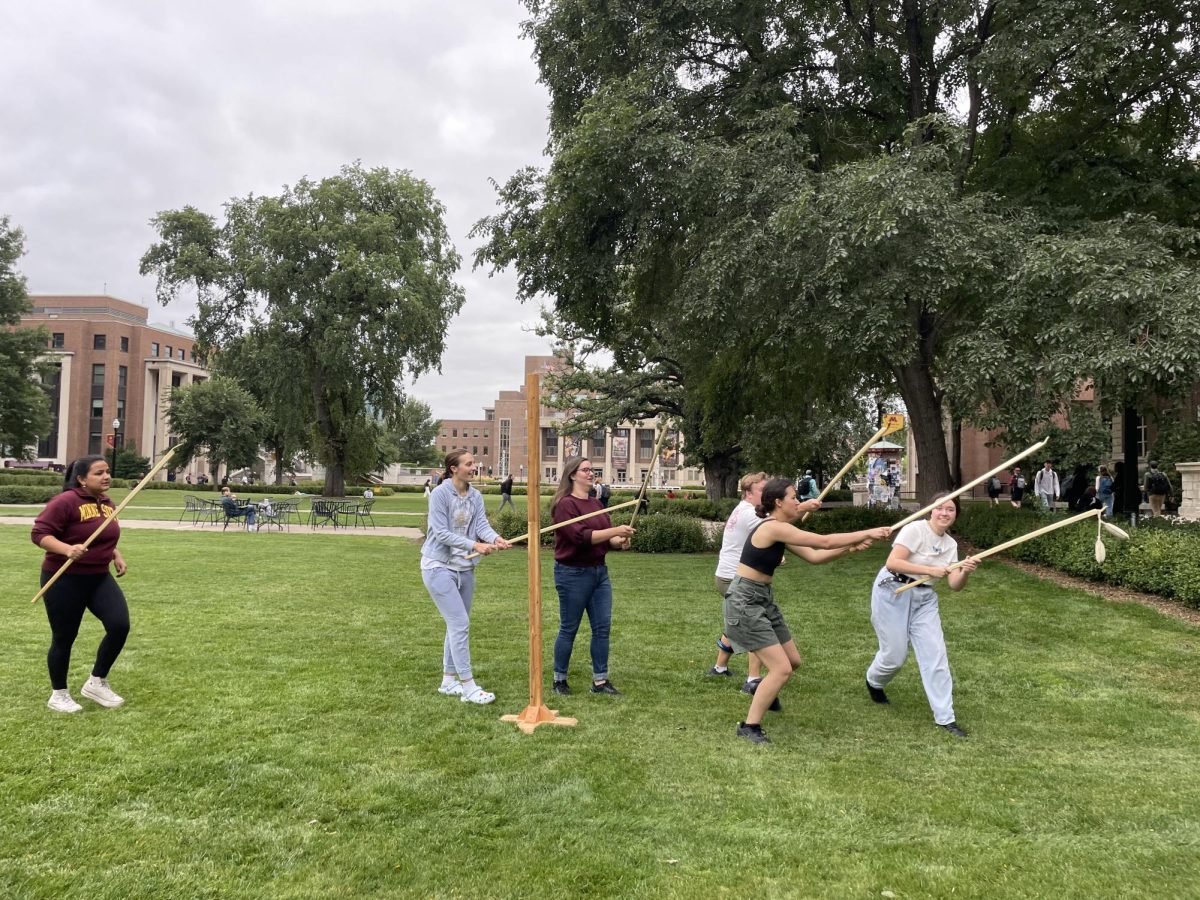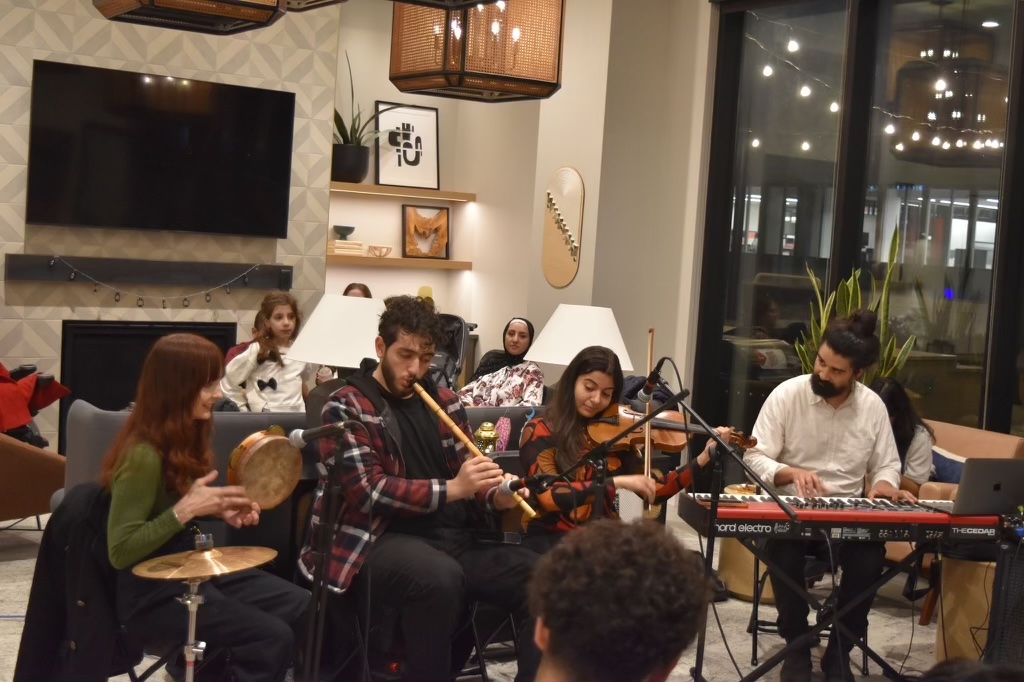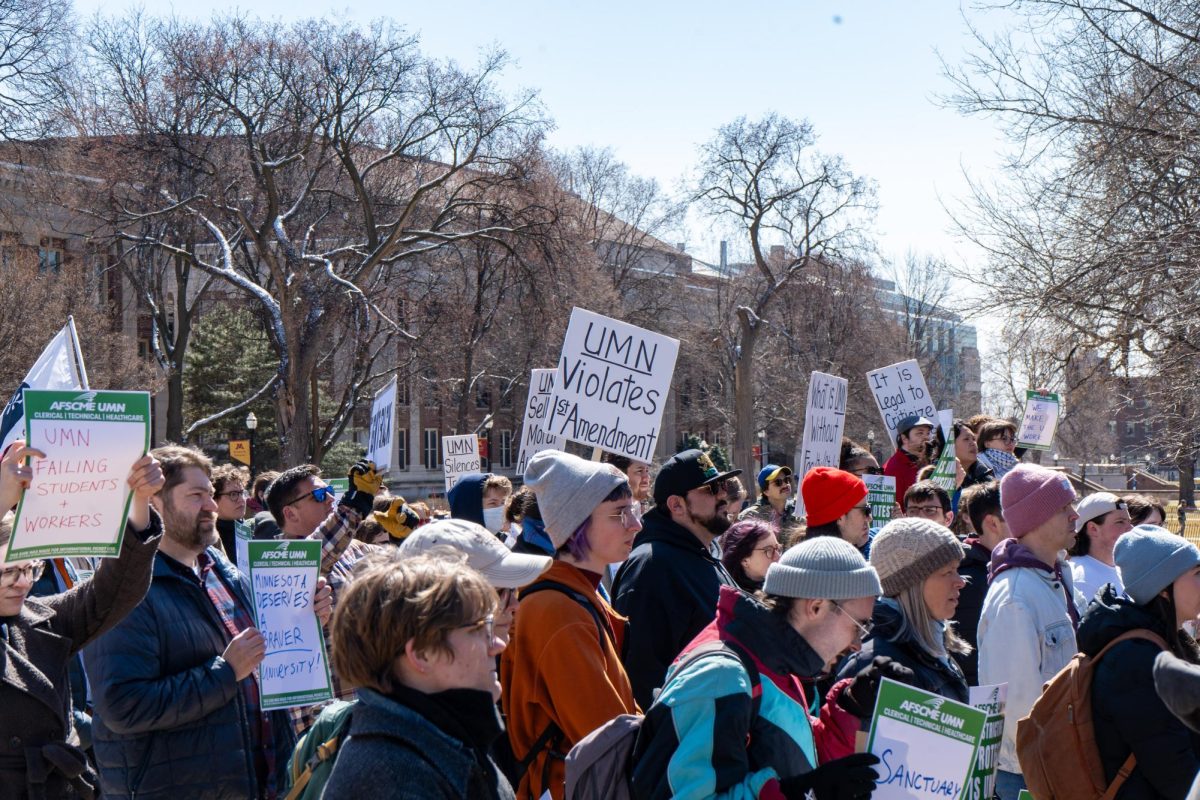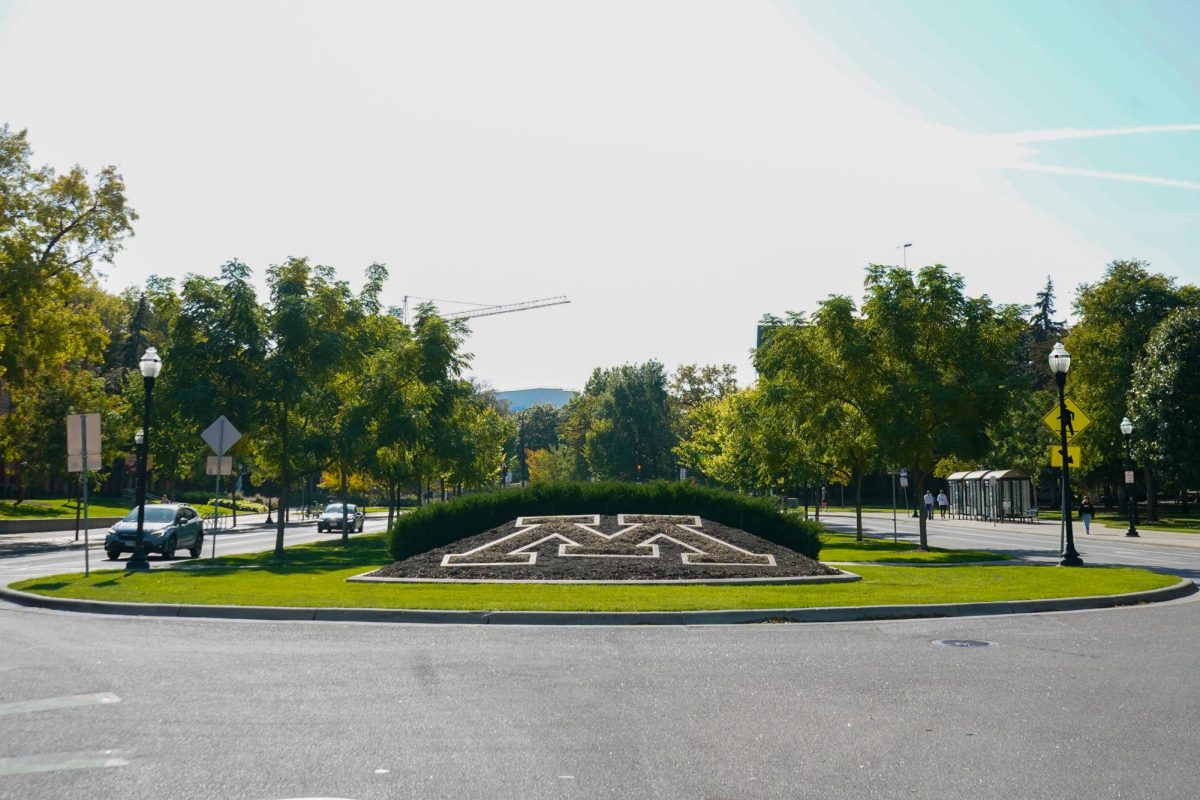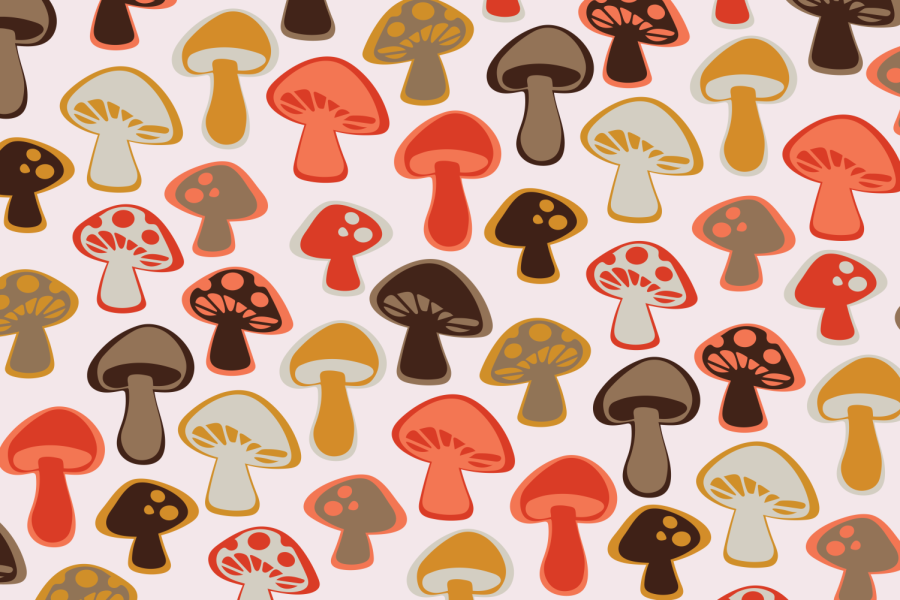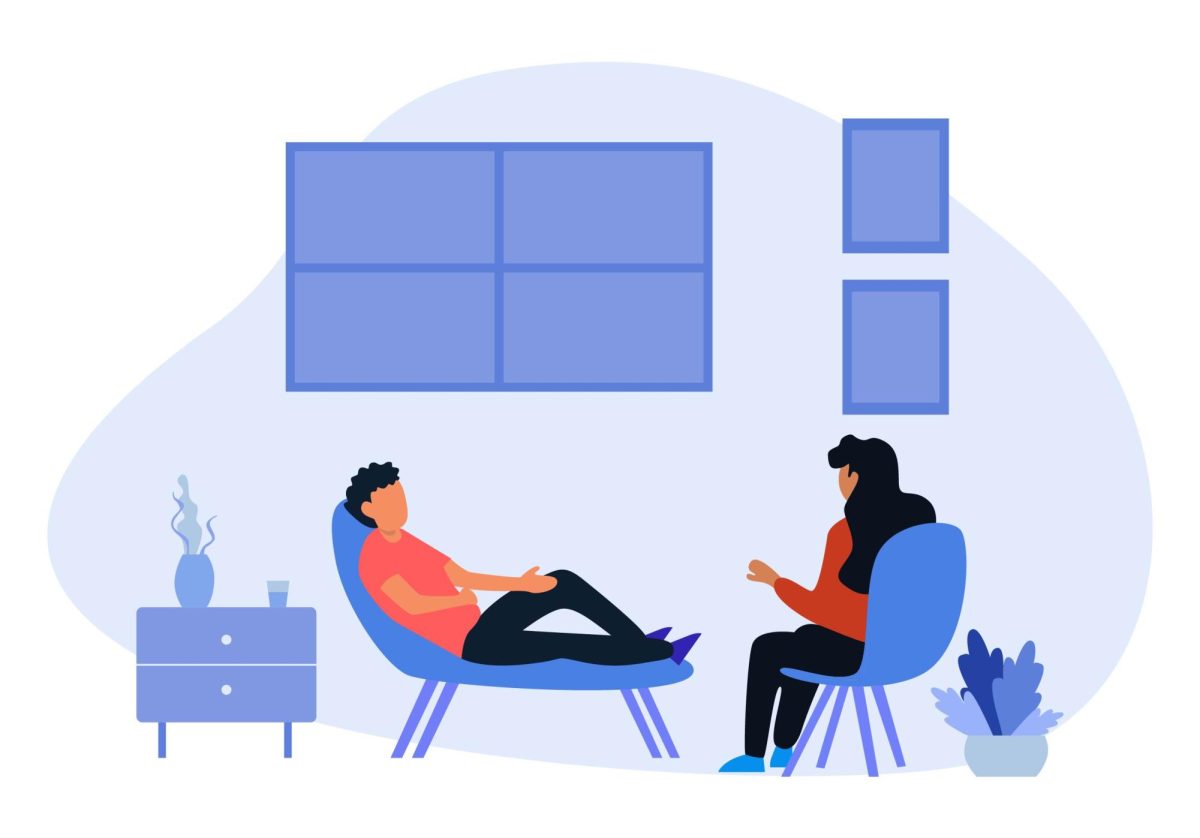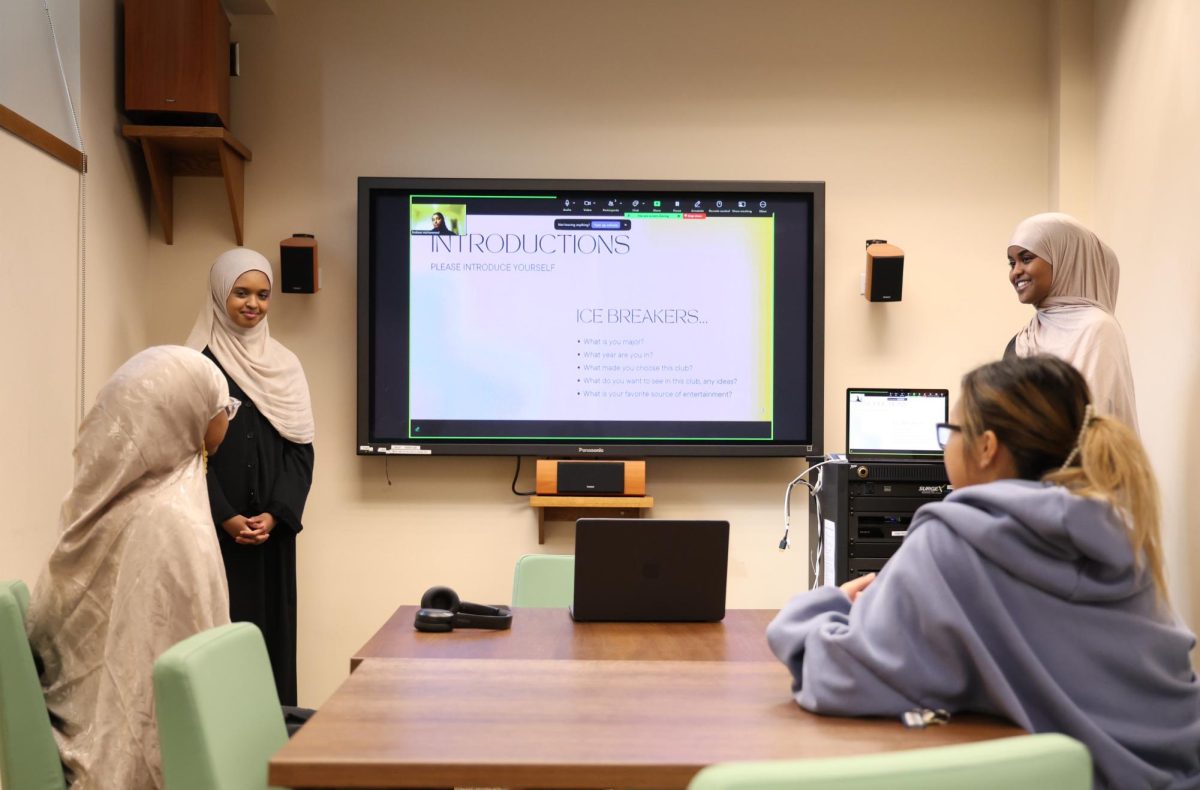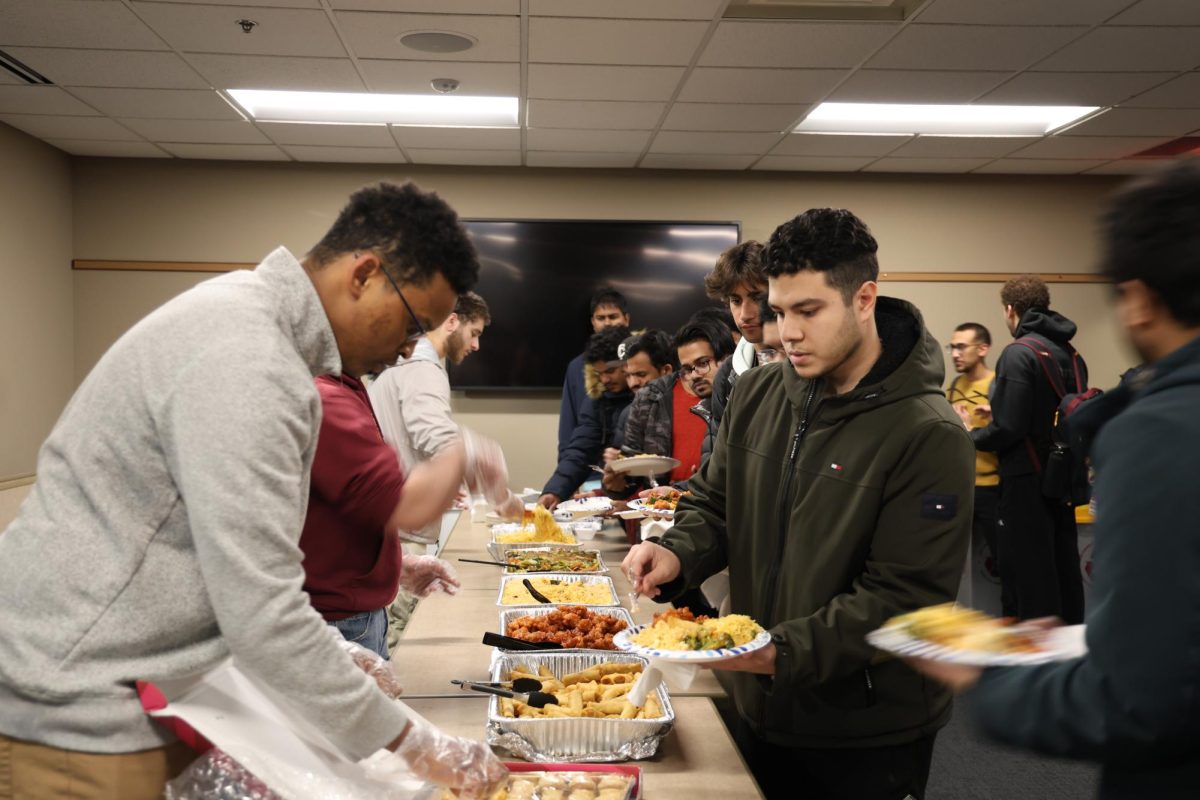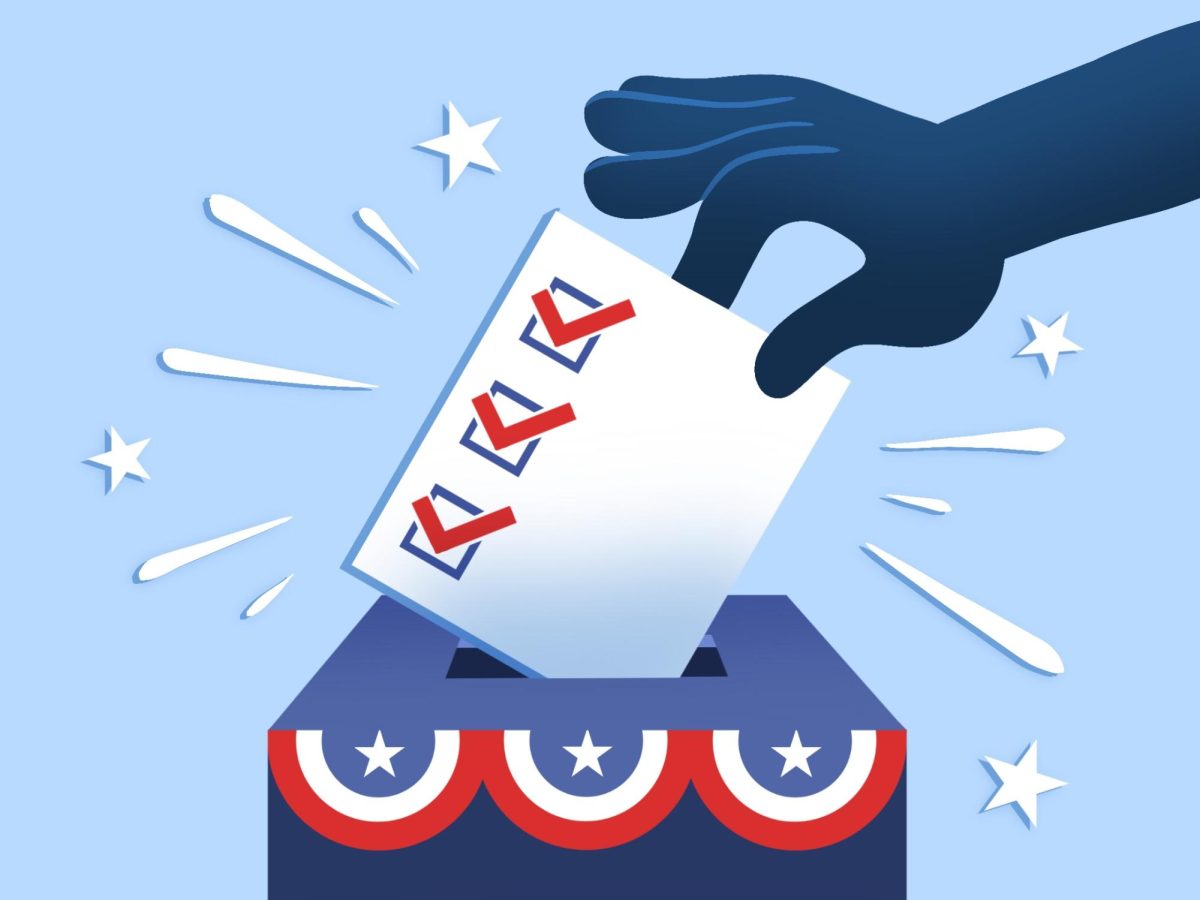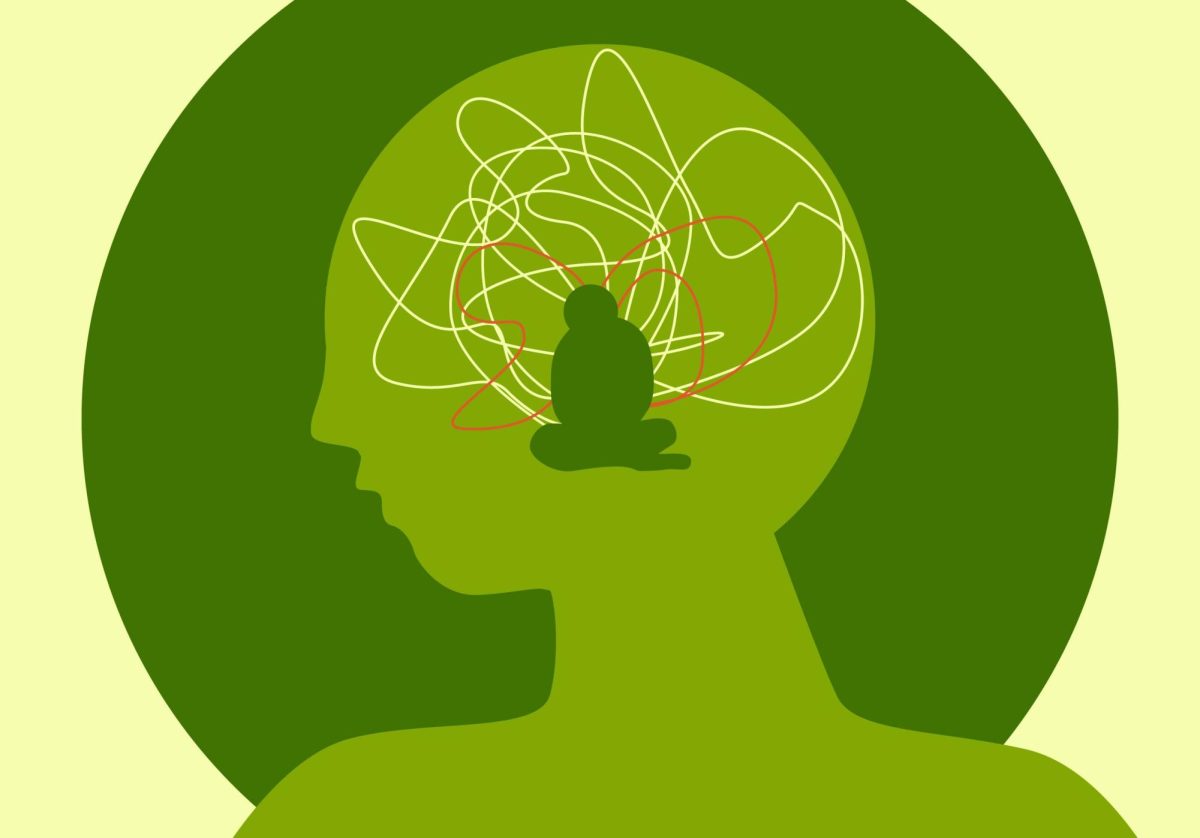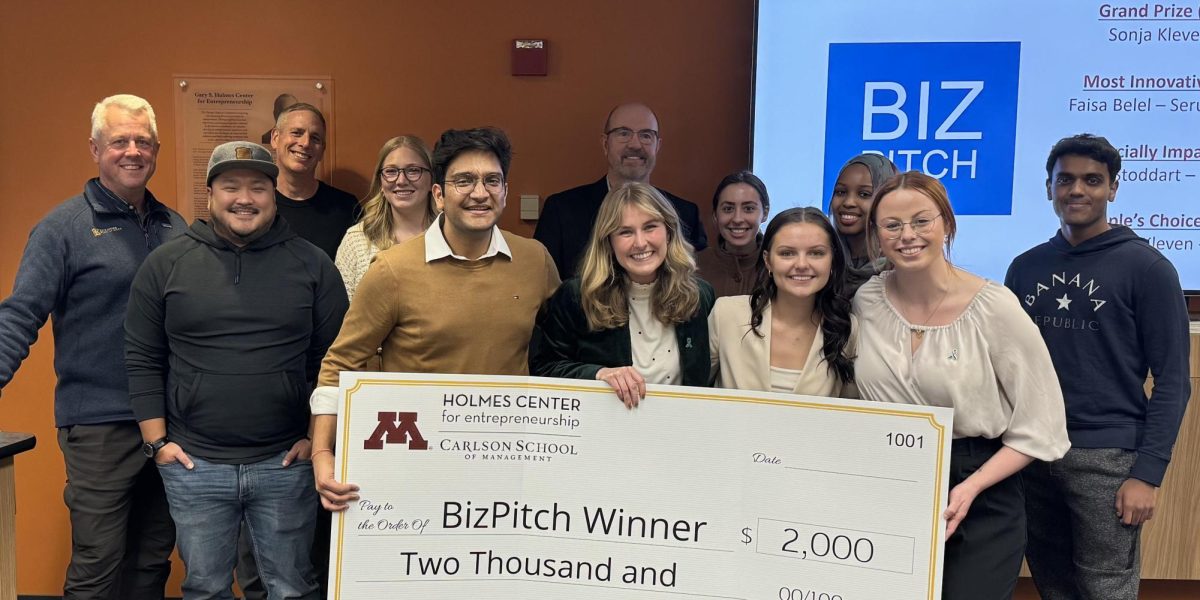Bayaaga’adowejig ingiw gabegikendaasoowigamigong, or B.I.G. lacrosse team, provides connection to centuries of Indigenous tradition and access to community on campus.
The University of Minnesota’s Circle of Indigenous Nations (COIN) facilitates the team, which was initially started by two students in 2018 who have since graduated.
Nicholas DeShaw, the team’s co-advisor, said the team is rooted in the idea of creating community space for lacrosse specifically because of the game’s ties to Native cosmologies.
“Almost every nation in this area has stories about this game, both within their cultural stories but also it’s just historically significant,” DeShaw said. “Ojibwe communities would travel down to this area and down to Bdote specifically to play and there would be huge games that would happen.”
Bdote is honored as the creation site of Dakota people and is the confluence between the Mississippi and Minnesota River while encompassing other scared sites like Wakáŋ Thípi, Mní Owe Sni and Ohéyawahi. DeShaw said being able to bring lacrosse back to the now known Twin Cities, which was originally Dakota land, is a powerful statement of Native solidarity and tradition reclamation.
Lacrosse, known to Indigenous communities as the Creator’s game, was played for fun, celebration and healing. Ceremonial games are played to restore balance to individual players and their communities as well as expressing respect for the connection between the spirit world and our world, according to MNOpedia.
Taylor Fairbanks, a third-year student, said she considers lacrosse as healing medicine and values the connection that the significance holds for Indigenous women. Fairbanks said when she plays lacrosse, her spiritual, mental, emotional and physical state is balanced.
“I feel a deeper connection with Mother Earth as I’m using the land guide in my body and spirit,” Fairbanks said. “This is very important to recognize because lacrosse is much more than a sport. It’s simply a way of life.”
DeShaw said it is important for Native students to have accessibility to culturally rooted activities on campus because the University is a predominantly white institution that resides on Dakota land. Groups like B.I.G. further representation on campus and open doors to generational healing.
“I believe having this game be accessible on campus has allowed me to feel empowered as an Indigenous student and a woman,” Fairbanks said. “Especially knowing that we have a dark and hurtful past that has resulted from this institution when it comes to Native people in Mnísota Makóčhe.”
Lacrosse is a rapidly growing sport throughout American colleges and universities, with over 900 programs across all three divisions of NCAA universities, according to the USA Lacrosse website. However, according to Allan Downey’s book “The Creators Game,” the roots of lacrosse are not recognized often, a direct reaction from colonization.
DeShaw said he would love to see a lacrosse class offered by the University that is focused on the cultural roots of the game so that students can learn and be exposed to Indigenous traditions in a way that is appropriate. He said taking up space in institutions as Native people is a powerful statement and encourages community and healing.
“I would love to see a class for credit,” DeShaw said. “We do things like play lacrosse or other games or we learn dances or other cultural practices. Or sometimes we go out and forge and gather, and you get credit for that. I think that would be a really, really powerful statement for the university, and I think it would be a cool opportunity even for non-native students to be exposed and participate a little bit in native culture, but in a way that’s appropriate as well.”
B.I.G. is abbreviated from words that translate to “those who all play lacrosse at college/university.” The word “baaga’adowewin,” meaning lacrosse, carries history in itself.
“I think what you can conclude is that it’s really tested how ancient this word is and therefore how ancient this game is to our nation,” DeShaw said. “I think it’s important for our lacrosse league, our student ran lacrosse league, to have a name in Ojibwe.”
The future of lacrosse as well as Indigenous language relies on community. By having more representation of Indigenous languages, especially on college campuses, the more normalized language will be.
“Until we are walking around the world and Ojibwe is just the language you hear, Dakota is just the language you hear around, and I believe we’ll get there someday,” DeShaw said.
The future of B.I.G. is dependent on the students and community at the University. DeShaw encourages all students who are interested in lacrosse to participate in B.I.G.’s games in order to show solidarity with Indigenous tradition and amplifying the importance of having Indigenous expression in higher education institutions.
“I’d love to see everyone come out and give it a try and have a good time,” DeShaw said.


